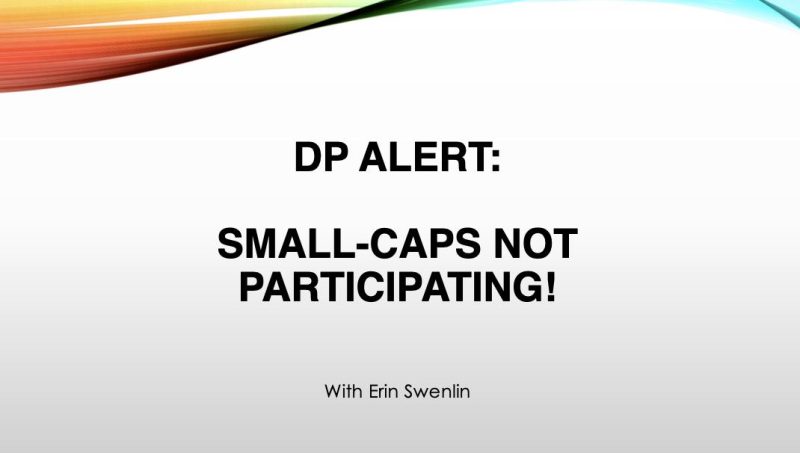Following a period of widespread economic uncertainty and fluctuating markets, major indices have been reaching new all-time highs, an encouraging indicator for investors worldwide. However, a closer inspection reveals a potential cause for concern – the small caps are not participating in these record-breaking surges.
Small cap stocks, essentially corporations with a smaller market capitalisation, tend to be more vulnerable to market volatility. Analysts often refer to these stocks as ‘risk assets,’ and their performance can be a telling barometer of the overall health of the market and broader economy.
While large-cap stocks are typically more established companies that can weather volatility, the riskier small caps offer insight into investor sentiment. If investors are confident, they are more likely to invest in these riskier, but potentially higher return, small caps. Therefore, the under-participation of small caps in the current market highs could be a symptom of underlying market jitters, despite encouraging economic indicators.
The shifted performance of small caps, which had once been leading the market in recovery, now falling behind, is cause for examination. The Russell 2000 Index, which is widely regarded as the benchmark for U.S. small-cap stocks, gives a clear picture of this trend. After a strong performance in the recovery phase, the recent slowing in the momentum of the Russell 2000 Index has raised eyebrows among market experts.
Although it’s been resilient in the face of adversity, the Russell 2000’s recent struggle points to a broader unease in investor confidence. This performance inconsistency among small caps could mean a broader shift in risk sentiment and warrants a great deal of attention from investors and economists.
The small caps’ recent underperformance could be a result of the resurgence of COVID-19 cases alongside the slow vaccine rollout, resulting in renewed uncertainty about anticipated economic growth. This situation has compelled investors to seek refuge in more established companies with consistent returns, hence the boosted performance of large caps.
However, it is also important to note that this underperformance of small caps doesn’t necessarily spell doom for the broader market. It’s an indicator, a signal to the investors to tread cautiously and reassess their portfolios. Investors may also need to recalibrate their risk-appetite, and perhaps make more space within their investments for the ones that are more insulated from potential economic shocks.
As the economy continues to navigate through unchartered territories, it is anticipated that the markets, including small caps, will react and adjust accordingly. However, understanding these subtleties of market performance can greatly help in devising a sound investment strategy.
Despite the less than favorable performance, small caps remain an essential part of diversified portfolios. They may present a greater risk, but they also offer potential for higher returns, particularly in a recovering market. Whether or not small caps will catch up to their larger counterparts remains to be seen, but their current performance is indeed telling a compelling story about overall market sentiment and risk tolerance.
In conclusion, while the overall market narrative continues to evolve, the lack of participation of small caps in recent market highs provides an important signal. Investors and economic watchers alike would do well to monitor these trends and adjust their strategies accordingly, ensuring that they are prepared for whatever the future market may bring.
